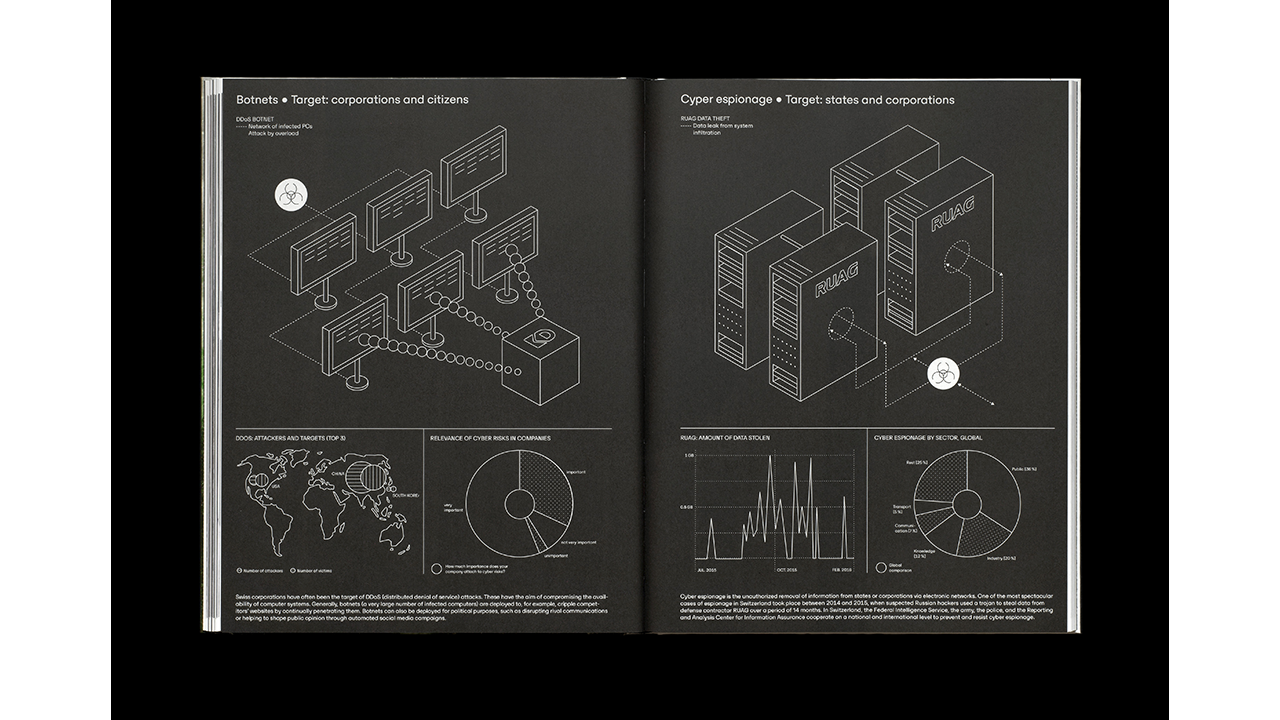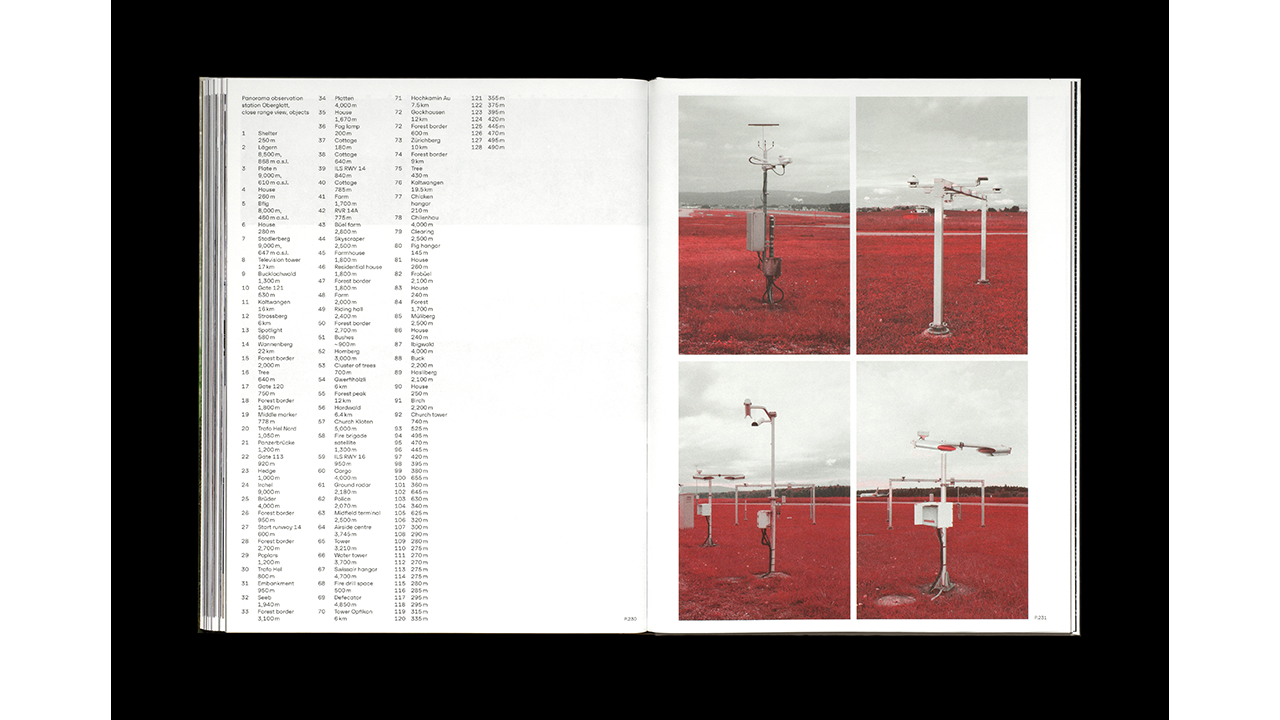
How to Secure a Country
Switzerland is well-known as one of the safest countries on earth and as a prime example of efficiency and efficacy. One of the central reasons that such a country exists is the development of a culture based on protection, which is supported by the presence and production of national security. When in 2014 Swiss people voted in favor of a federal popular initiative “against massive immigration,” Salvatore Vitale, an immigrant living in Switzerland felt the need to research this phenomenon in order to comprehend where the motives for this constant need for security originate and how they became part of Swiss culture.
In How to Secure a Country Vitale explores this country’s national security measures by focusing on “matter-of-fact” types of instructions, protocols, bureaucracies, and clear-cut solutions which he visualizes in photographs, diagrams, and graphical illustrations. The result is a case study that can be used to explain the global context and the functioning of contemporary societies.
Essays by political scientists Jonas Hagmann (ETH Zurich), Philip Di Salvo (Università della Svizzera italiana), and Roland Bleiker (University of Queensland, Australia) provide an analysis of the structure of the Swiss security system and a view on the politics of photography. Lars Willumeit, curator and social anthropologist, will discuss attitudes, behaviors, and codes in 21st-Century statehood.
Switzerland is well-known as one of the safest countries on earth and as a prime example of efficiency and efficacy. One of the central reasons that such a country exists is the development of a culture based on protection, which is supported by the presence and production of national security. When in 2014 Swiss people voted in favor of a federal popular initiative “against massive immigration,” Salvatore Vitale, an immigrant living in Switzerland felt the need to research this phenomenon in order to comprehend where the motives for this constant need for security originate and how they became part of Swiss culture.
In How to Secure a Country Vitale explores this country’s national security measures by focusing on “matter-of-fact” types of instructions, protocols, bureaucracies, and clear-cut solutions which he visualizes in photographs, diagrams, and graphical illustrations. The result is a case study that can be used to explain the global context and the functioning of contemporary societies.
Essays by political scientists Jonas Hagmann (ETH Zurich), Philip Di Salvo (Università della Svizzera italiana), and Roland Bleiker (University of Queensland, Australia) provide an analysis of the structure of the Swiss security system and a view on the politics of photography. Lars Willumeit, curator and social anthropologist, will discuss attitudes, behaviors, and codes in 21st-Century statehood.
«Wie ein Land wacht, ohne zu überwachen – Salvator Vitale ist es gelungen, sich diesem vielschichtigen Apparat mit scharfem Blick und urteilsfrei zu nähern»
– form
“How To Secure A Country offers a privileged perspective and multi-vantaged point of view on the fraught relationship between individuals, power and state control, yet never through images that are self-explanatory, nor without pronouncing judgement”
– www.1000wordsmag.com
“a must-have book”
– www.lensculture.com






















